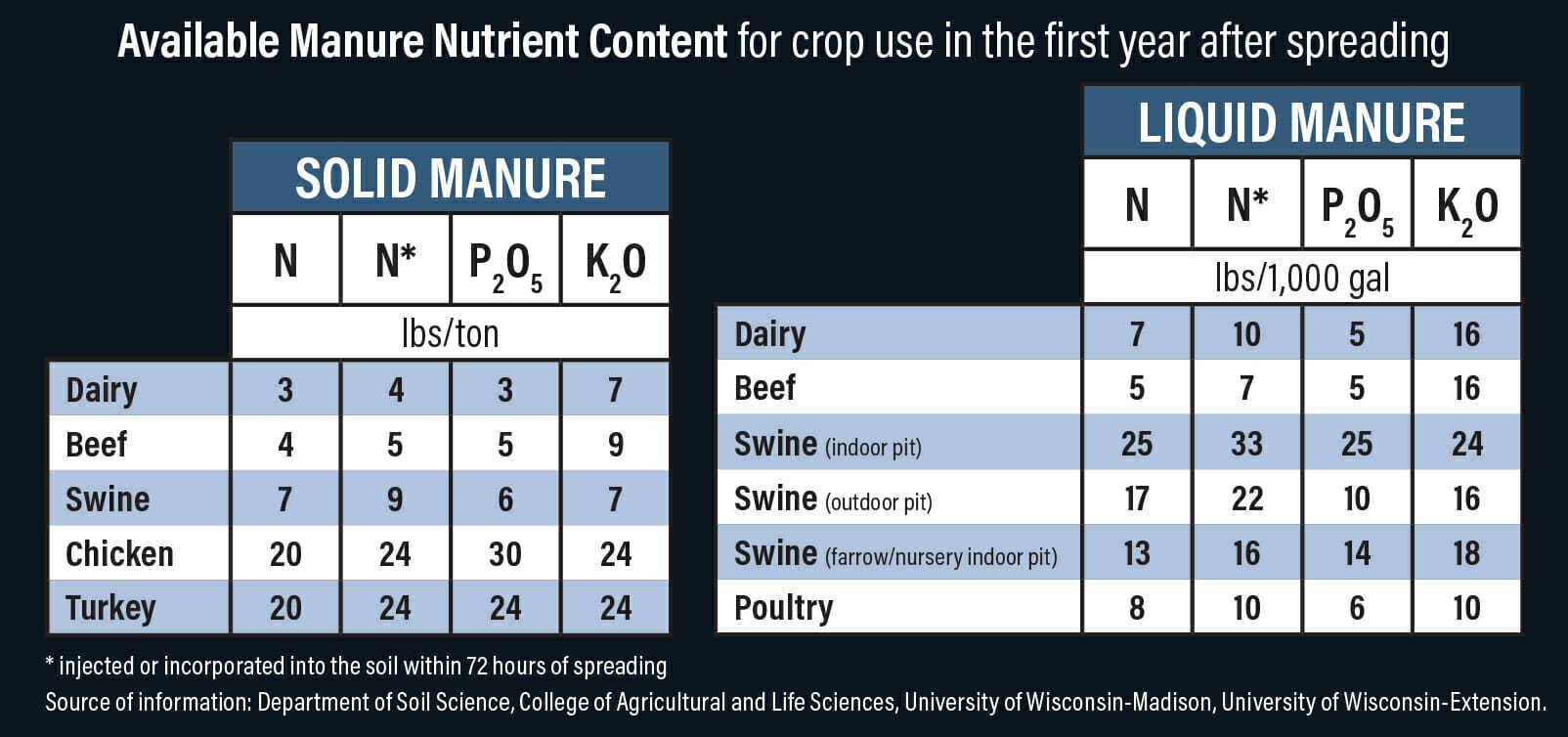Striving for tonnage and quality has never been more important than now with high cost of inputs and high commodity prices. More tonnage on less acres could mean more #2 yellow at a good price. Additionally, maximizing quality means more protein, more starch, more digestibility and greater feed efficiency.
What’s your blueprint to success for 2022? Here are a few things to consider:
Hybrid Selection for Corn Silage: Review of Latham’s 2021 Wisconsin corn silage trials results = WOW. This summary reveals the incredible tonnage some of our hybrids showed in the trials, blowing past the competition. We have many winning dual-purpose hybrids highlighted in our product guide, as well as our silage specific leafy hybrids. Check out these top-performing Latham® hybrid product numbers: 4937, 5245, 5742, 5965, 6285, 6477. Access to tonnage starts with hybrids that have historically had evidence of strong, known performance. Using trusted genetics has never been more important.
Seed Placement: Latham Seeds’ product guide provides specific placement details to help you achieve the best performance. Key in on the plant population for soil type, especially with the leafy hybrids. Leafy hybrids are massive plants, so they require a lot of in-row room to grow. To maximize leafy tonnage and starch, ensure proper seed depth. It’s important to promote the development of a superior nodal root system to hold up the large plant, as well as to bring in essential water and nutrients.
Nutrients: With a high premium on nitrogen, use in-season tissue and soil testing to determine whether the plant needs supplemental nutrition. Additionally, think about booking fungicides early to make sure you have them. High input investment coupled with high value commodity means many farmers will protect the plant with fungicides, so book early to ensure you have access to them! It seems a lot of helpful inputs are short supply, and fungicides like Headline AMP® have shown to produce 2 to 3 more tons/acre average. This is a very valuable consideration. When corn is $6/bushel, corn silage is about $60/ton. Adding 2 or 3 tons is about $120-$160/acre. A healthy corn plant adds more quality, as well as helps mitigate the expensive risk of mold and mycotoxins.
Know and Maximize Manure and Alfalfa Credits: The adage “think outside the box” recommends that we think freely and openly, so that we’re not bound by old, nonfunctional, or limiting rules or practices. While I believe there is a time and a place for this type of thinking, today I’m suggesting that we think “inside the box.” We can leverage what we already have.
What do you have on hand that can help reduce your expenses and minimize financial exposure?
Because the 2022 crop cycle is likely to set a record for the highest input investment crop, many farmers are scrutinizing every input. They’re leveraging what is on hand or readily available, so manure has become a highly sought-after resource. Manure also is proving to be effective. These manure credit charts give an idea of some “inside the box” considerations of nitrogen sources.
Additionally, corn planted on rotated alfalfa crop can yield as much as 20% more, especially in combination with manure. Applying manure requires some extra work and planning, here’s an online calculator to help you decide what manure is worth to your farm. Remember the intangibles. Manure provides the soil with needed nutrients, plus it unfolds a world of the living microbes.
Every growing season starts with a custom tailored blueprint. Consider how powerful genetics and some “inside the box” thinking can help you create more tons from less acres this season!


